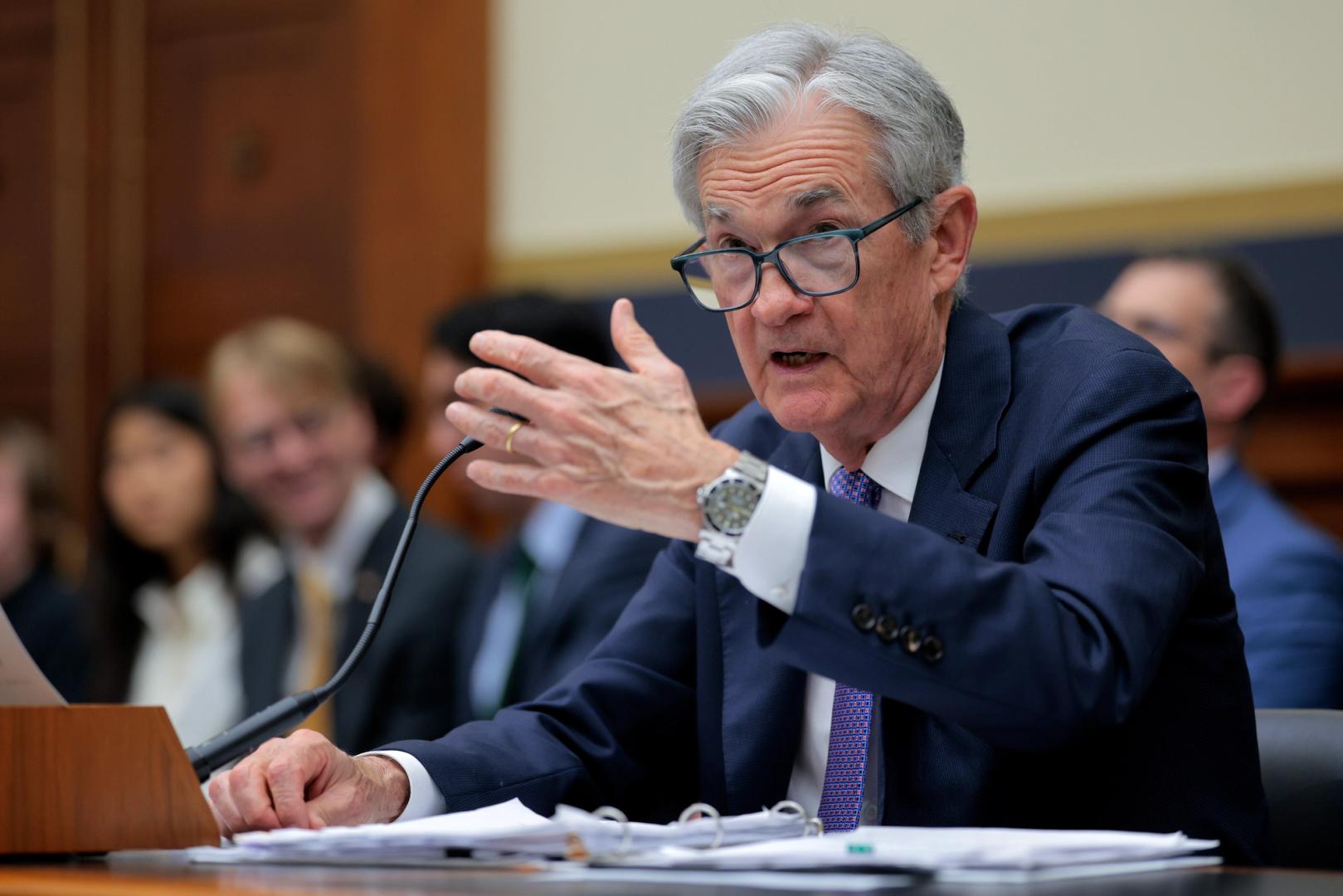
Jerome Powell, the Federal Reserve Chair, faces a fierce barrage from a coalition of high-profile figures threatening his tenure, which extends to May 2026.
Over the past two weeks, President Donald Trump, Federal Housing Finance Agency (FHFA) Director Bill Pulte, White House Press Secretary Karoline Leavitt, congressional allies and Treasury Secretary Scott Bessent have all escalated attacks, accusing Powell of mismanagement, political bias and deceptive conduct.
The crypto community, keenly watching, faces uncertainty as this coalition challenges Powell’s future and the Fed’s independence.
Are Powell’s days as Fed Chair numbered, or can he withstand this unprecedented storm?
Trump’s long-standing feud
Trump, who nominated Powell in 2017, has reignited a feud that began in his first term when he criticized rate hikes as harmful to growth. He publicly considered firing Powell in 2019, a stance that escalated after his November 2024 re-election.
On June 27, Trump called Powell a “stubborn mule,” accusing him of costing “hundreds of billions” by refusing to cut interest rates, currently at 4.25% – 4.5%. A handwritten note, publicized by Leavitt on June 30, demanded rate reductions, citing lower rates in Japan and China.
The Federal Reserve is an independent entity. While the President nominates the board members and Congress confirms them, the board is meant to operate autonomously based on its own analyses of fiscal matters. Moreover, rate decisions are decided through a majority vote by the Fed's Board of Governors, not any single member — including the chair.
On July 3, Trump urged Powell’s immediate resignation in a Truth Social post, alleging misconduct tied to the Fed’s $2.5 billion headquarters renovation (the project began long before Powell took over as the Fed Chair in 2018). Despite occasional denials of firing plans, Trump’s mention of successors like Kevin Warsh or Christopher Waller signals an intent to reshape the Fed’s leadership.
The roots of this conflict trace to Trump’s first term, when he labeled Powell a bigger “enemy” than Xi Jinping in 2019, frustrated by rate hikes that slowed economic growth.
After winning re-election on Nov. 5, 2024, Trump intensified pressure, with advisers like Kevin Hassett exploring firing options after Powell refused to resign.
Pulte’s housing critique
FHFA Director Bill Pulte has fiercely criticized Powell’s high-rate policies as a threat to the housing market.
On July 2, he demanded a congressional investigation, alleging that Powell’s June 25 Senate testimony about the Fed’s renovation of its headquarters in Washington, D.C. was “deceptive” and grounds for removal “for cause.” Supported by Senator Cynthia Lummis (R-Wyo.), Pulte claimed Powell misrepresented features like a VIP dining room. His X posts on June 24 and June 28 accused Powell of political bias and inventing tariff-driven inflation risks, worsening housing unaffordability with mortgage rates at 6.6% – 7%. Powell has said characterizations of "luxury" renovations were not accurate.
Broadening the campaign
Republican Senators Rick Scott and Tommy Tuberville have amplified the pressure on Federal Reserve Chair Jerome Powell, targeting his leadership’s economic impact.
On April 28, Scott criticized Powell for overseeing an “unaccountable Fed” that he said lost over $2 trillion and sought $2.5 billion for a lavish headquarters, urging accountability for what he described as reckless spending. On June 17, he condemned Powell’s “horrible decisions” that burdened taxpayers while Fed compensation outpaced public wages, implying Powell supported policies that hindered growth. Tuberville has repeatedly called for Powell’s firing, for example, on June 24.
On July 2, House Judiciary Chair Jim Jordan (R-Ohio) signaled openness to scrutinizing Federal Reserve Chair Jerome Powell, responding to FHFA Director Bill Pulte’s call for a congressional investigation into Powell’s leadership. According to a report by Fox Business, while speaking to Bloomberg, Jordan noted that while no specific plans for an investigation had been discussed, “everything is on the table” for oversight, emphasizing the House Judiciary Committee’s constitutional duty to oversee the executive and judicial branches.
Treasury Secretary Scott Bessent, a potential Powell successor, advised on June 30 and July 3 about nominating a new Fed governor in January 2026 or a new Chair in May 2026 when Powell’s term ends. Warning against attempts to fire Powell due to market risks, like a 15% selloff in April 2025 tied to Trump’s tariffs, Bessent’s rate-cut support aligns with the administration’s push.
Powell’s steadfast defense
Powell’s position is, however, fortified by legal protections.
The Federal Reserve Act allows removal only “for cause,” like gross misconduct, reinforced by a recent Supreme Court ruling shielding the Fed from arbitrary dismissal. Since Trump’s 2018 attacks, Powell has dismissed political pressure as “noise,” reaffirming data-driven policy.
The Fed has held rates at 4.25% – 4.5%, citing Trump’s tariffs as a source of inflationary pressure, which is expected to push Personal Consumption Expenditures (PCE) inflation toward 3% in 2025, requiring cautious policy to maintain 2% long-term expectations.
At the June 18 FOMC press conference, Powell justified holding rates at 4.25% – 4.5%, citing tariff-driven inflation risks that could push PCE inflation to 3% in 2025 while emphasizing the need for summer data to assess consumer price pass-through.
Powell noted the economy’s strength — 4.2% unemployment and 2.5% private domestic growth — supports a cautious approach, but he acknowledged potential tension between employment and price stability if tariffs cause persistent inflation.
He stressed keeping long-term inflation expectations anchored at 2% to avoid sustained price increases and, when asked about political insults, focused solely on delivering a “good, solid American economy."
The renovation controversy lacks evidence for removal, but talk of a “shadow chair” could undermine Powell’s authority, creating a lame-duck scenario.
A precarious path forward
This coalition’s campaign — Trump’s fiery rhetoric, Pulte’s housing critiques, Leavitt’s amplification, congressional scrutiny , and Bessent’s succession plans — creates a precarious environment. While legal protections shield Powell, the administration’s push for a 2026 replacement could render him a lame duck.
Whether Powell can navigate this storm while preserving Fed independence remains uncertain, but his days, though not immediately numbered, are far from secure.
免责声明:本文章仅代表作者个人观点,不代表本平台的立场和观点。本文章仅供信息分享,不构成对任何人的任何投资建议。用户与作者之间的任何争议,与本平台无关。如网页中刊载的文章或图片涉及侵权,请提供相关的权利证明和身份证明发送邮件到support@aicoin.com,本平台相关工作人员将会进行核查。




